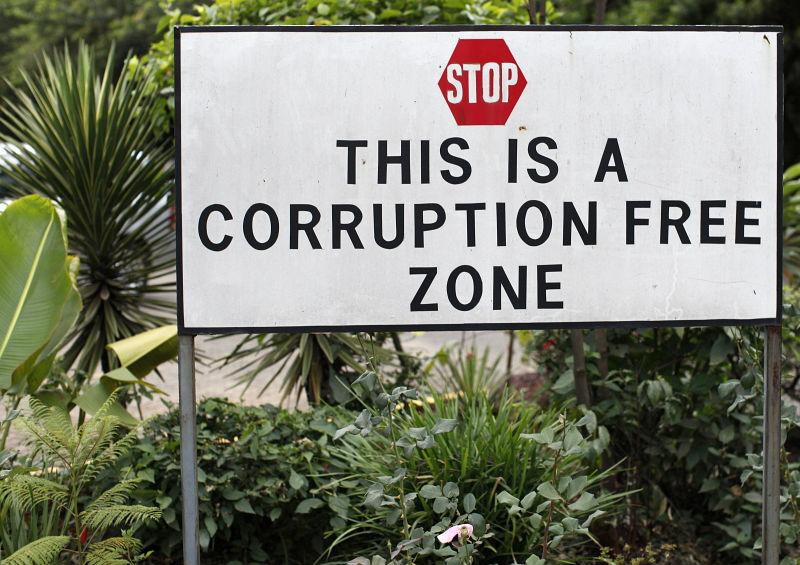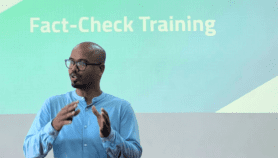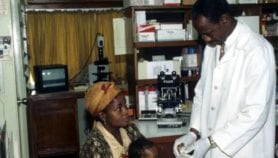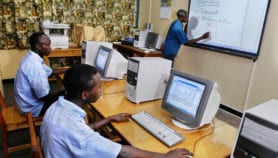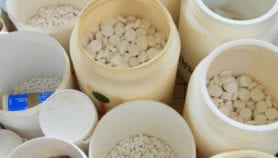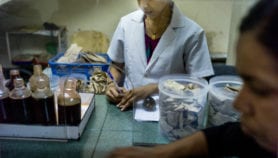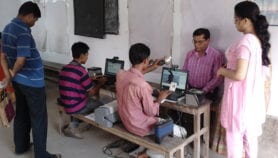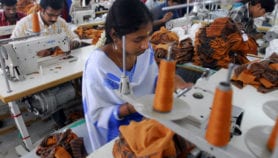By: Joshua Howgego
Send to a friend
The details you provide on this page will not be used to send unsolicited email, and will not be sold to a 3rd party. See privacy policy.
Last month, SciDev.Net reported on a dispute about the anticorruption work of the UK Department for International Development (DFID), one of the world’s major aid donors. Another UK agency, the Independent Commission for Aid Impact (ICAI), found that DFID’s work needed “significant improvement”, but several academics, including Harvard law expert Matthew Stephenson, strongly criticised the ICAI’s review, arguing that its methodology was poor.
What is not in dispute is that corruption is a huge problem in some developing nations. Donors can withhold aid, fearing that it will end up in the bank accounts of bureaucrats in countries such as Afghanistan, Somalia and Sudan, which are among the countries near the bottom of Transparency International’s Corruption Perceptions Index 2014 (see map).
As a result, there is interest from development organisations in programmes that tackle corruption. One idea is teaching state officials, private sector employees or students about the impact of corruption in the hope of moulding their behaviour for the better. Another is rewarding those who inform on crooked officials.
But how would aid agencies know whether such strategies work and are worth paying for?&
“If policymakers were keen to collaborate with researchers on measuring the impact of, say, anticorruption education, that could be interesting for both sides.”
Shing-Yi Wang, University of Pennsylvania
Stephenson says there is “an emerging and, at this point, fairly well-established, research agenda that uses randomised controlled experiments” to measure the impact of development projects, including those that tackle corruption.
For these, he says, researchers must often create proxies, or indicators, that act as measures of corrupt behaviour. [1] One traditional way to do this is to measure the assumed outcome of a reduction in corrupt behaviour — say a fall in the amount of money disappearing. [2]
Shing-Yi Wang, an economics and policy researcher at the University of Pennsylvania, United States, recently codeveloped another innovative proxy for a type of corrupt behaviour: fake sick leave among state-employed nurses in India. (It is difficult to get politicians to participate in studies like this, says Wang, and nurses in the public sector were a more approachable group to study.)
Dicing with dishonesty
Wang describes the measure with coauthor Rema Hanna of Harvard University in a working paper available online. [3] Their research involved getting a group of 165 nurses to play a dice game: they rolled a six-sided dice 42 times in private and reported the results. They were rewarded with sweets — the better their score, the more they received.
“We found that our measure was particularly good at predicting ‘corruption’ in these government employees,” says Wang.
The vital point, she tells me, is that the technique measures how much the group as a whole cheats, without ever knowing for certain whether individuals have lied. It’s unlikely that an individual would roll 42 fives and sixes, for example, but the researchers could not know for certain that they hadn’t. What they can do is look at the spread of scores and use statistics to say which individuals are more likely to be lying.
The next stage was to compare each nurse’s total reported dice score with the number of days they had reported being ill but for which they had still collected a pay cheque. The researchers found a correlation between these two factors — meaning the dice test could predict dishonest behaviour at work.
Wang has not yet used this measure to test people’s propensity for corruption before and after an intervention, such as education. And she emphasises that it might be impossible to do so with this test, as it appears to measure underlying dishonesty rather than how it plays out in specific situations such as government work.
But in theory, she says, a test of this nature “could be a good way of seeing whether propensity towards dishonesty does actually change after an intervention. If policymakers were keen to collaborate with researchers on measuring the impact of, say, anticorruption education, that could be interesting for both sides.
Joshua Howgego is SciDev.Net’s deputy news and opinions editor. @jdhowgego
References
[1] Matthew Stephenson Should we use randomized trials for anticorruption education and training? (The Global Anticorruption Blog, 28 August 2014)
[2] Jesper Johnsøn and Tina Søreide Methods for learning what works and why in anti-corruption: An introduction to evaluation methods for practitioners (U4 Anti-Corruption Resource Centre, 2013)
[3] Rema Hanna and Shing-Yi Wang Dishonesty and selection into public service: Evidence from India (NBER Working Paper No. 19649, November 2013)


